#hanfu_challenge
Text
[Hanfu · 漢服]Chinese Late Warring States period(475–221 BC) Traditional Clothing Hanfu Based On Based On Chu (state)Historical Artifacts

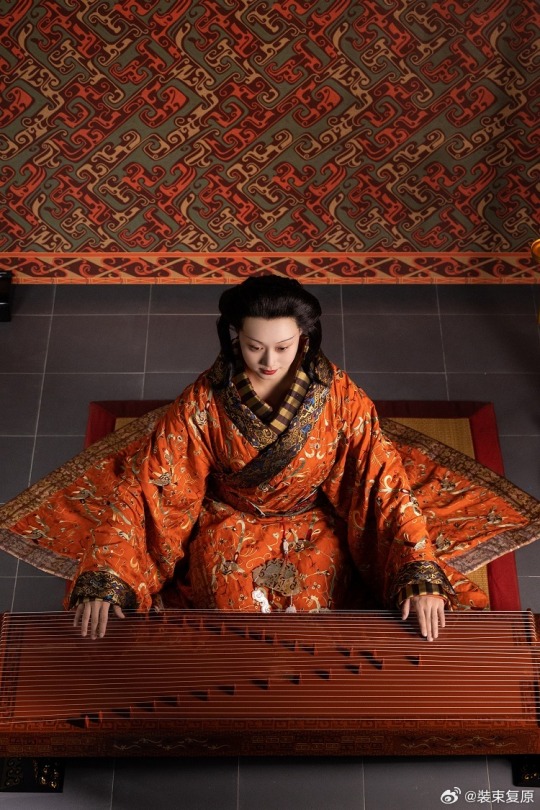
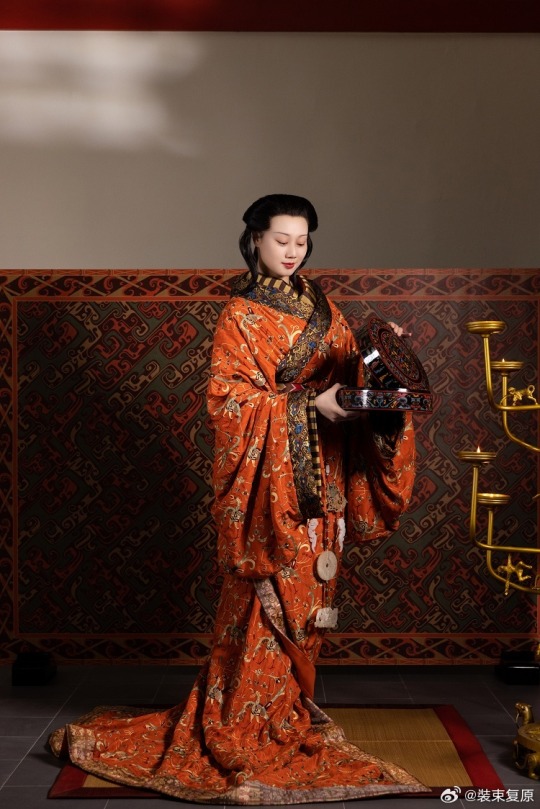
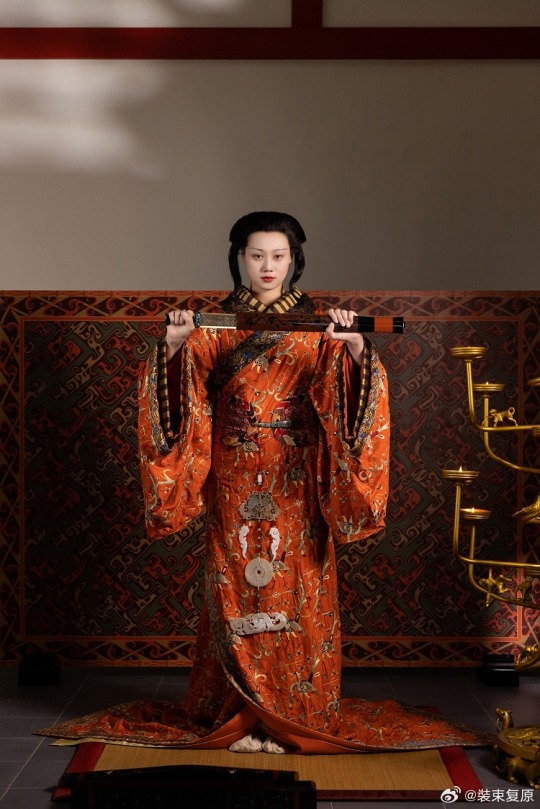
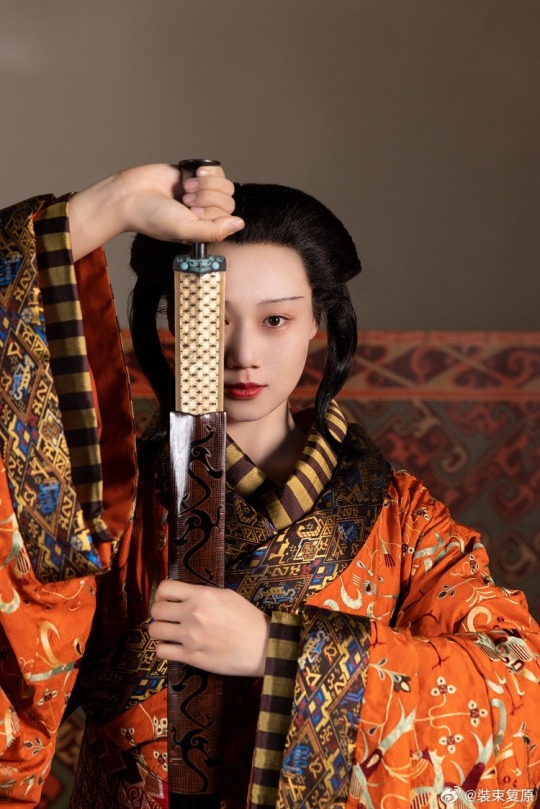
【Historical Artifact Reference】:
Late Warring States period(475–221 BC):Two conjoined jade dancers unearthed from Jincun, Luoyang,collected by Freer Museum of Art
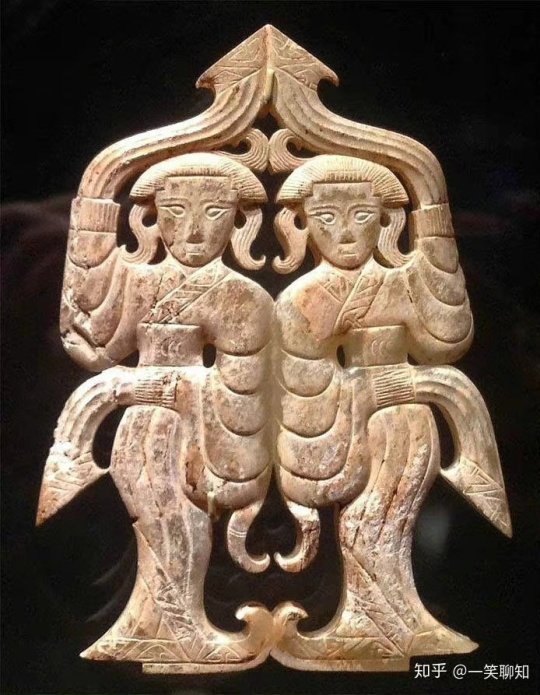
A similar jade dancer was also unearthed from the tomb of Haihunhou, the richest royal family member in the Han Dynasty, and was one of his treasures.

Warring States period, Eastern Zhou dynasty, 475-221 BCE,jade dancer by Freer Gallery of Art Collection.

Warring States period(475–221 BC)·Silver Head Figurine Bronze Lamp.Unearthed from the Wangcuo Tomb in Zhongshan state during the Warring States Period and collected by the Hebei Provincial Institute of Cultural Relics and Archaeology

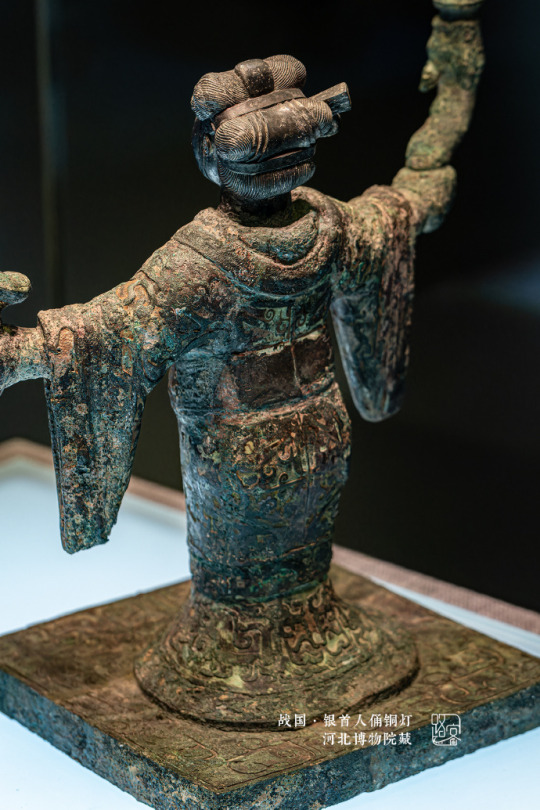
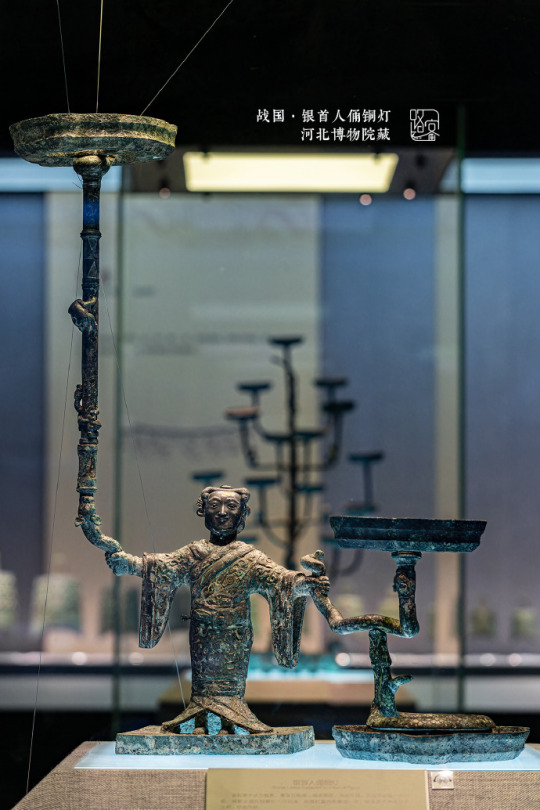
The figurine of a man dressed as a woman holds a snake in his hand, and 3 snakes correspond to 3 lamps.
Sword of Goujian/越王勾践剑:
The Sword of Goujian (Chinese: 越王勾践剑; pinyin: Yuèwáng Gōujiàn jiàn) is a tin bronze sword, renowned for its unusual sharpness, intricate design and resistance to tarnish rarely seen in artifacts of similar age. The sword is generally attributed to Goujian, one of the last kings of Yue during the Spring and Autumn period.
In 1965, the sword was found in an ancient tomb in Hubei. It is currently in the possession of the Hubei Provincial Museum.

【Histoty Note】Late Warring States Period·Noble Women Fashion
The attire of noblewomen in the late Warring States period, as reconstructed in this collection, is based on a comprehensive examination of garments and textiles unearthed from the Chu Tomb No. 1 at Mashan, Jiangling, as well as other artifacts from the same period.
During the late Warring States period, both noble men and women favored wearing robes that were connected from top to bottom. These garments were predominantly made of gauze, silk, brocade, and satin, with silk edging. From the Chu Tomb No. 1 at Mashan, there were discoveries of robes entirely embroidered or embroidered fragments. The embroidery technique employed was known as "locked stitches," which gave the patterns a three-dimensional, lively appearance, rich in decoration.
The two reconstructed robes in this collection consist of an inner robe made of plain silk with striped silk edging, and an outer robe made of brocade, embroidered with phoenixes and floral patterns, with embroidered satin edging. Following the structural design of clothing found in the Mashan Chu Tomb, rectangular fabric pieces were inserted at the junction of the main body, sleeves, and lower garment of the robe. Additionally, an overlap was made at the front of the main body and the lower garment to enlarge the internal space for better wrapping around the body curves. Furthermore, the waistline of the lower garment was not horizontal but inclined upward at an angle, allowing the lower hem to naturally overlap, forming an "enter" shape, facilitating movement.
The layered edging of the collars and sleeves of both inner and outer robes creates a sense of rhythm, with the two types of brocade patterns complementing each other, resulting in a harmonious effect. Apart from the robes, a wide brocade belt was worn around the waist, fastened with jade buckle hooks, and adorned with jade pendants, presenting an elegant and noble figure.
The reconstructed hairstyle draws inspiration from artifacts such as the jade dancer from the late Warring States period unearthed at the Marquis of Haihun Tomb in Nanchang, and the jade dancer from the Warring States period unearthed at Jin Village in Luoyang. It features a fan-shaped voluminous hairdo on the crown, with curled hair falling on both sides, and braided hair gathered at the back. The Book of Songs, "Xiao Ya: Duren Shi," vividly depicts the flowing curls of noblewomen during that period. Their images of curly-haired figures in long robes were also depicted in jade artifacts and other relics, becoming emblematic artistic representations.
The maturity and richness of clothing art in the late Warring States period were unparalleled in contemporary world civilizations, far beyond imagination. It witnessed the transition of Chinese civilization into the Middle Ages. The creatively styled garments and intricate fabric patterns from the Warring States period carry the unique essence, mysterious imagination, and ultimate romanticism of that era, serving as an endless source of artistic inspiration.
--------
Recreation Work by : @裝束复原
Weibo 🔗:https://weibo.com/1656910125/O6cUMBa1j
--------
#chinese hanfu#Late Warring States Period#Warring States period(475–221 BC)#hanfu#hanfu accessories#chinese traditional clothing#hanfu_challenge#chinese#china#historical#historical fashion#chinese history#china history#漢服#汉服#中華風#裝束复原
163 notes
·
View notes
Photo

🌺Pomegranate flower goddess. 🌨Patented design: Wei Jin Style Hanfu repost from @琴挑原创汉服 Weibo/Taobao. 🏮The “jellyfish-like” gauze lantern: Jiàng shā dēng is unique Chinese intangible cultural heritage. #hanfu #flowergoddess #hanfugirl #hanfudress #hanfu_challenge #琴挑原创汉服 #hanfuphotography #hanfufashion #hanfufromchina #hanfuculture #chinesedress #weijinstyle #jindynasty #chinesecostume #chinafashion #hanfuhairstyle #hanfuaccessories #chineselantern #lanternchina #绛纱灯 #灯 #silklantern #chinesehair #chinesehairstyle #intangibleculturalheritage #jiangshadeng #gauzelantern #traditionalart #traditionalculture #traditionalclothes https://www.instagram.com/p/Ci-h3lBp-bi/?igshid=NGJjMDIxMWI=
#hanfu#flowergoddess#hanfugirl#hanfudress#hanfu_challenge#琴挑原创汉服#hanfuphotography#hanfufashion#hanfufromchina#hanfuculture#chinesedress#weijinstyle#jindynasty#chinesecostume#chinafashion#hanfuhairstyle#hanfuaccessories#chineselantern#lanternchina#绛纱灯#灯#silklantern#chinesehair#chinesehairstyle#intangibleculturalheritage#jiangshadeng#gauzelantern#traditionalart#traditionalculture#traditionalclothes
87 notes
·
View notes
Text
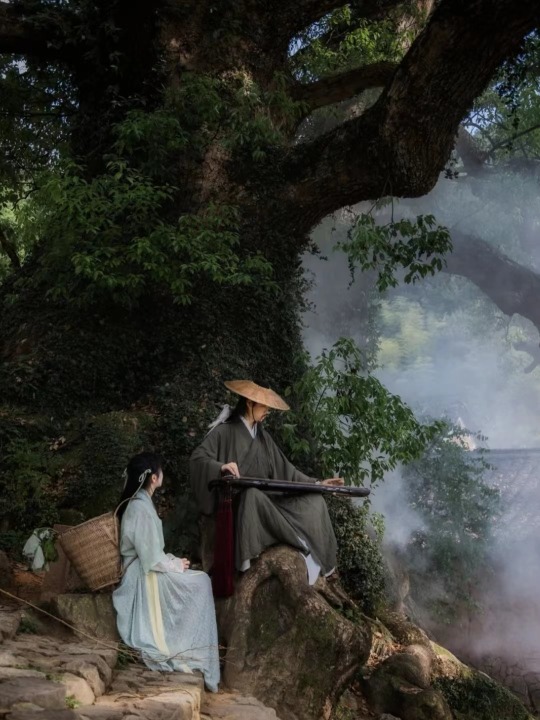

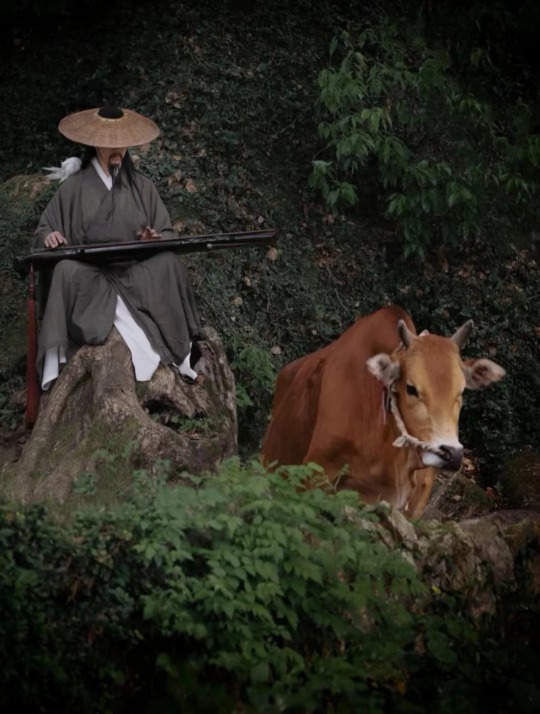
Hermits
#hanfu#chinese costume#asian costumes#chinese hanfu#photoshoot#aesthetic#beautiful#china#fashion#art#photography#chinese#Hanfu#hanfu accessories#hanfu art#hanfu challenge#chineseart#chinesecostume#chineseculture#hanfu_challenge#chinesestyle#汉服#漢服#中華風#hanfu from china#chinese traditional clothing#motivation#nature#martial arts#travel
98 notes
·
View notes
Photo
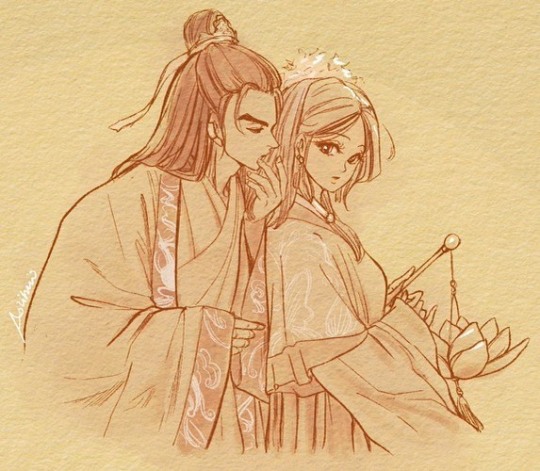
I love #hanfu better than kimono because it looks sexier to me. lol #hanfu_challenge #traditionalchinesedress https://www.instagram.com/p/CeaziSIJIOI/?igshid=NGJjMDIxMWI=
30 notes
·
View notes
Photo
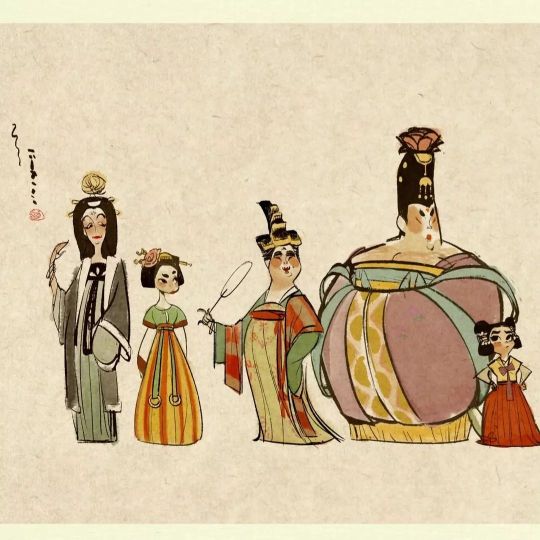
#ChineseHanfu #hanfu #elegant#chinese#empress#ChineseCulture #chinesestyle#hánphục #photoshoot #photo #trending#هانفو #asiaculture #asian #cdrama #beautiful #漢服 #ChineseCostom #hanfufashion#hanfu_challenge#ancientChinese#Chinestraditional#한푸#hanfuhairstyle#hanfudress#ฮันฟู#Ханьфу https://www.instagram.com/p/Ccr6dXGv6Xb/?igshid=NGJjMDIxMWI=
#chinesehanfu#hanfu#elegant#chinese#empress#chineseculture#chinesestyle#hánphục#photoshoot#photo#trending#هانفو#asiaculture#asian#cdrama#beautiful#漢服#chinesecostom#hanfufashion#hanfu_challenge#ancientchinese#chinestraditional#한푸#hanfuhairstyle#hanfudress#ฮันฟู#ханьфу
109 notes
·
View notes
Text
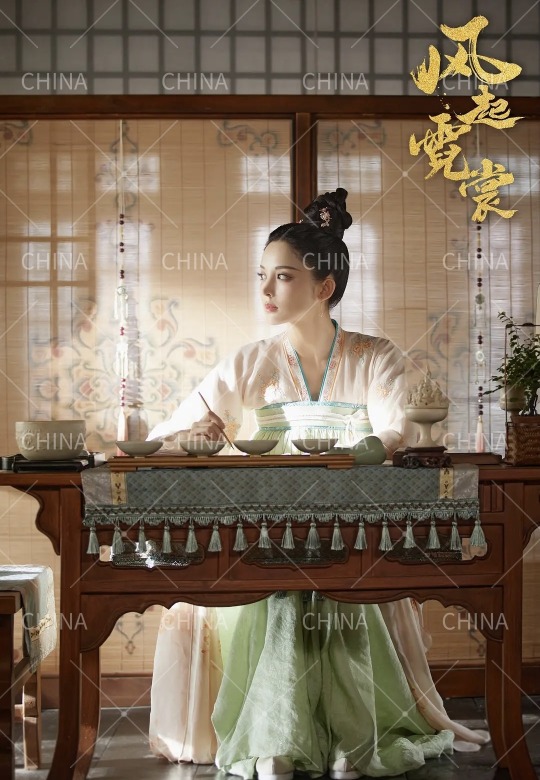

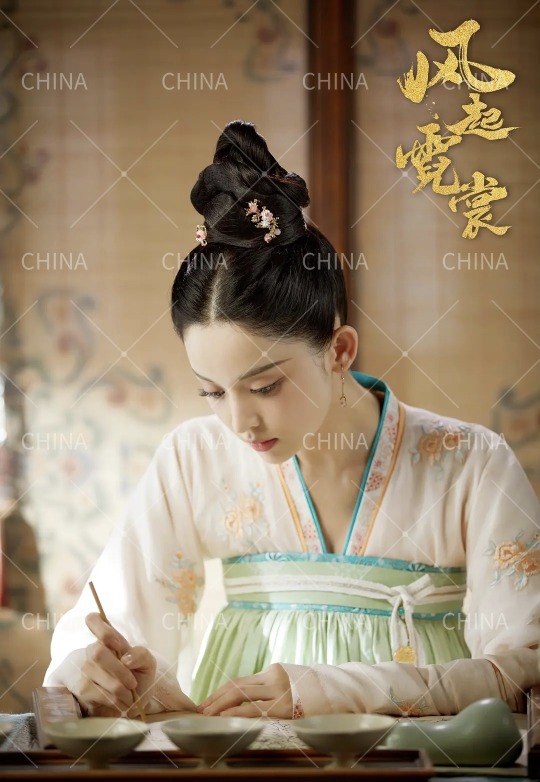
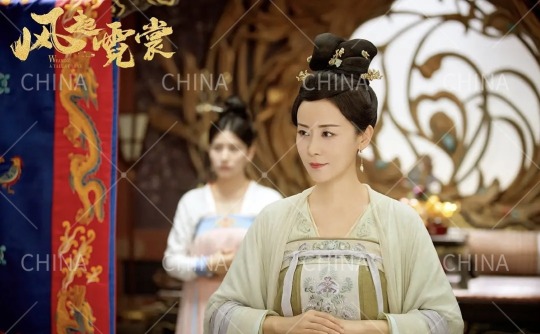
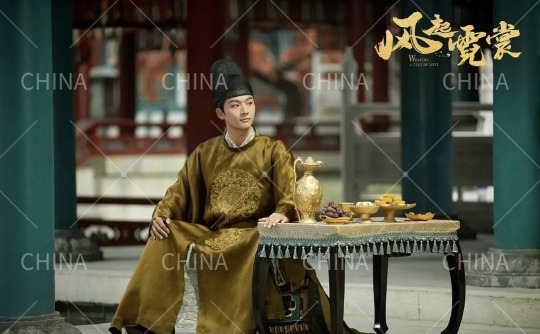
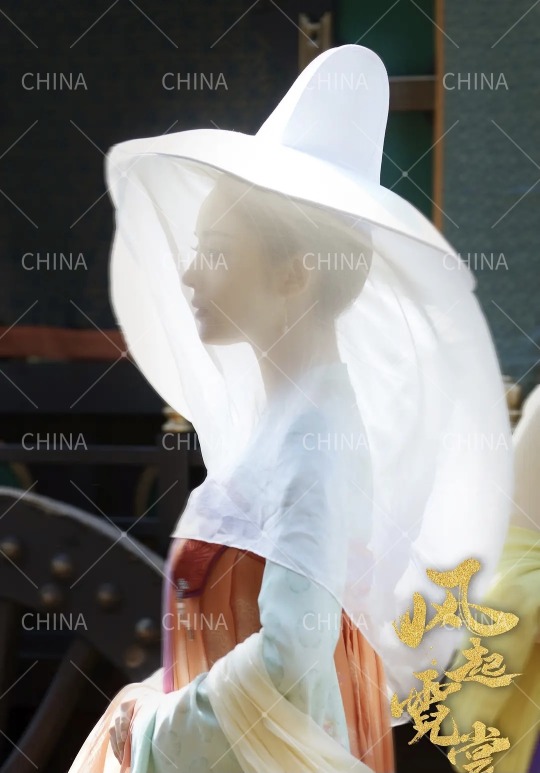
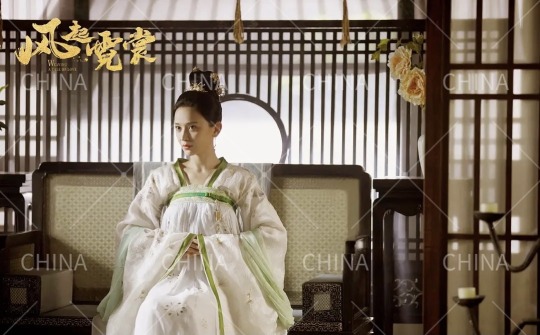
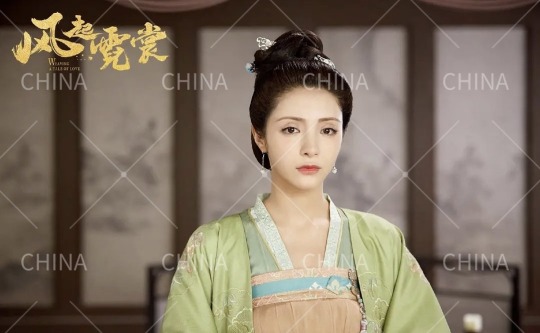
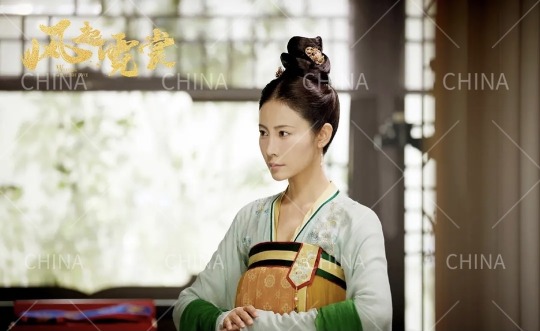
#China#Chinese#hanfu#汉服#漢服#한푸#华服#Chinese_style#中国风#中華風#ChineseCostume#Chinese_culture#hanfu_challenge#漢服チャレンジ#汉服挑战#한푸_도전
4 notes
·
View notes
Photo

liziqi 의 봄날 영상 정말 영상미가 넘쳐요! #liziqi #gaudi2525 #가우디이오이오 http://myrf.kr/Q/?n=10414&i=liziqi&s=insta #李子柒 #liziqi #Youtube #古风 #gufeng #中国 #China #Chinese #ChineseCostume #hanfu #汉服 #漢服 #한푸 #hanfu_challenge #汉服挑战 #漢服チャレンジ #한푸_도전 #ChineseCulture #Chinesefood #ChineseStyle #中国风 #中華風 https://www.instagram.com/p/CNpjdNFnw4D/?igshid=8x3n6leuz1tp
#liziqi#gaudi2525#가우디이오이오#李子柒#youtube#古风#gufeng#中国#china#chinese#chinesecostume#hanfu#汉服#漢服#한푸#hanfu_challenge#汉服挑战#漢服チャレンジ#한푸_도전#chineseculture#chinesefood#chinesestyle#中国风#中華風
0 notes
Text


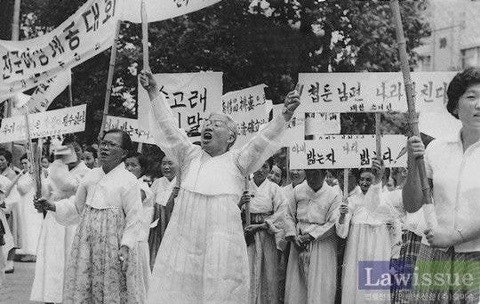
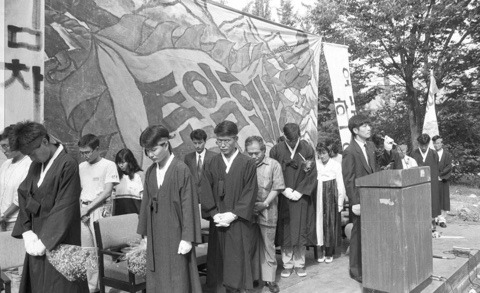
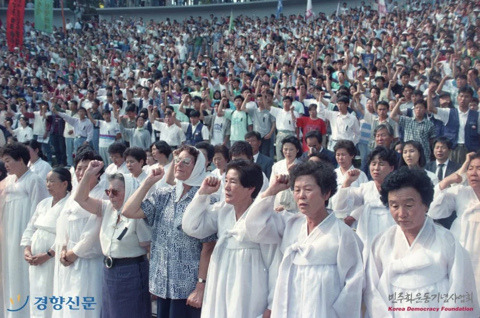
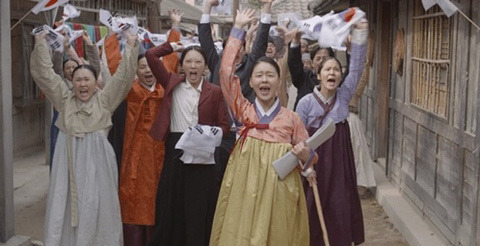
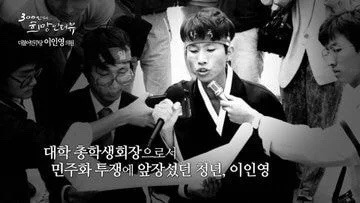
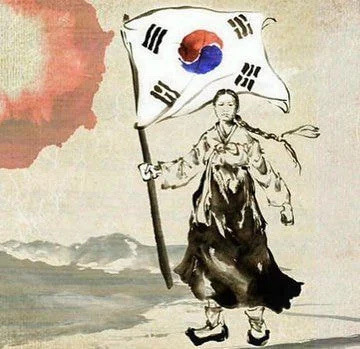
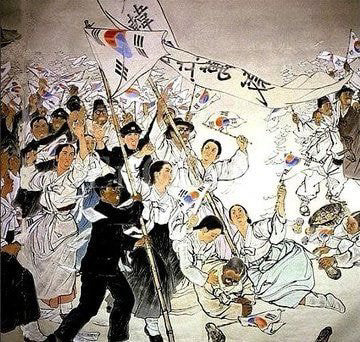
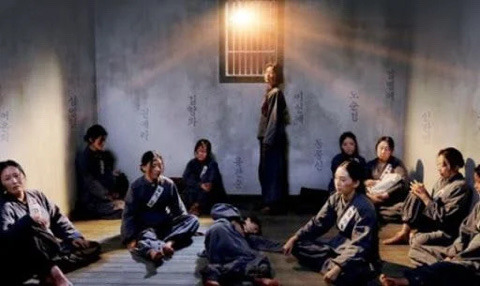
#hanfu_challenge
韩服是民主化运动的象征
我感受到了很多中国人希望用'#한푸도전'来实现民主主义。
支持你们的勇气。
한복은 민주화운동의 상징이다.
#한푸도전 으로 민주주의를 실현하려는
중국인들의 열망을 느꼈다.
너희들의 용기를 지지한다.
#한푸_도전
#汉服挑战
#hanfu_challenge
我们穿着韩服赢得了民主主义。 谢谢你们喜欢韩服,我支持中国的民主化!
우린 한복을 입고 민주주의를 이뤄냈지 한복 좋아해줘서 고맙다, 중국의 민주주의도 응원해
33 notes
·
View notes
Photo

Get access to expert essay writing help and increase your grades with us. Learn from assignments completed by our professional writers. Email: [email protected] WeChat Id: eliteessays001 #sheffielduniversity #sheffieldhallamuniversity #sheffielduniversitymanagementschool #sheffield #sheffieldstudents #sheffieldstudentaccommodation #hanfu #artist #painting #Chinese_style #中国风 #中華風 #China #Chinese_culture #汉服 #ChineseNewYear #Chinese #drawing #art #chinesetiktok #漢服チャレンジ #donghua #LionDance #虎头帽 #ChineseNewYear2021 #hanfu #hanfu_challenge #汉服 #汉服挑战 #漢服 #HappyChineseNewYear (at The University of Sheffield) https://www.instagram.com/p/CK4TZy6ARWt/?igshid=5513nvvmtszo
#sheffielduniversity#sheffieldhallamuniversity#sheffielduniversitymanagementschool#sheffield#sheffieldstudents#sheffieldstudentaccommodation#hanfu#artist#painting#chinese_style#中国风#中華風#china#chinese_culture#汉服#chinesenewyear#chinese#drawing#art#chinesetiktok#漢服チャレンジ#donghua#liondance#虎头帽#chinesenewyear2021#hanfu_challenge#汉服挑战#漢服#happychinesenewyear
0 notes
Text
[Hanfu · 漢服]Chinese Hanfu Photoshoot Inspired by porcelain figures ·瓷人仿妆·【思凡】
“一具瓷人,却生了凡人心。”







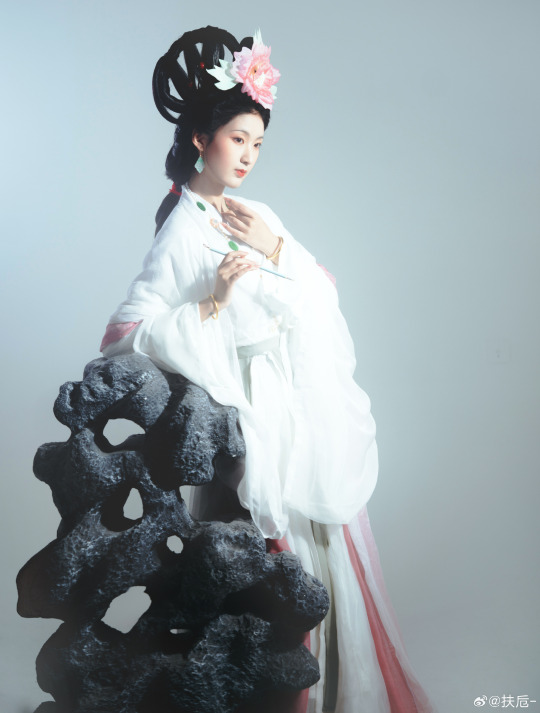

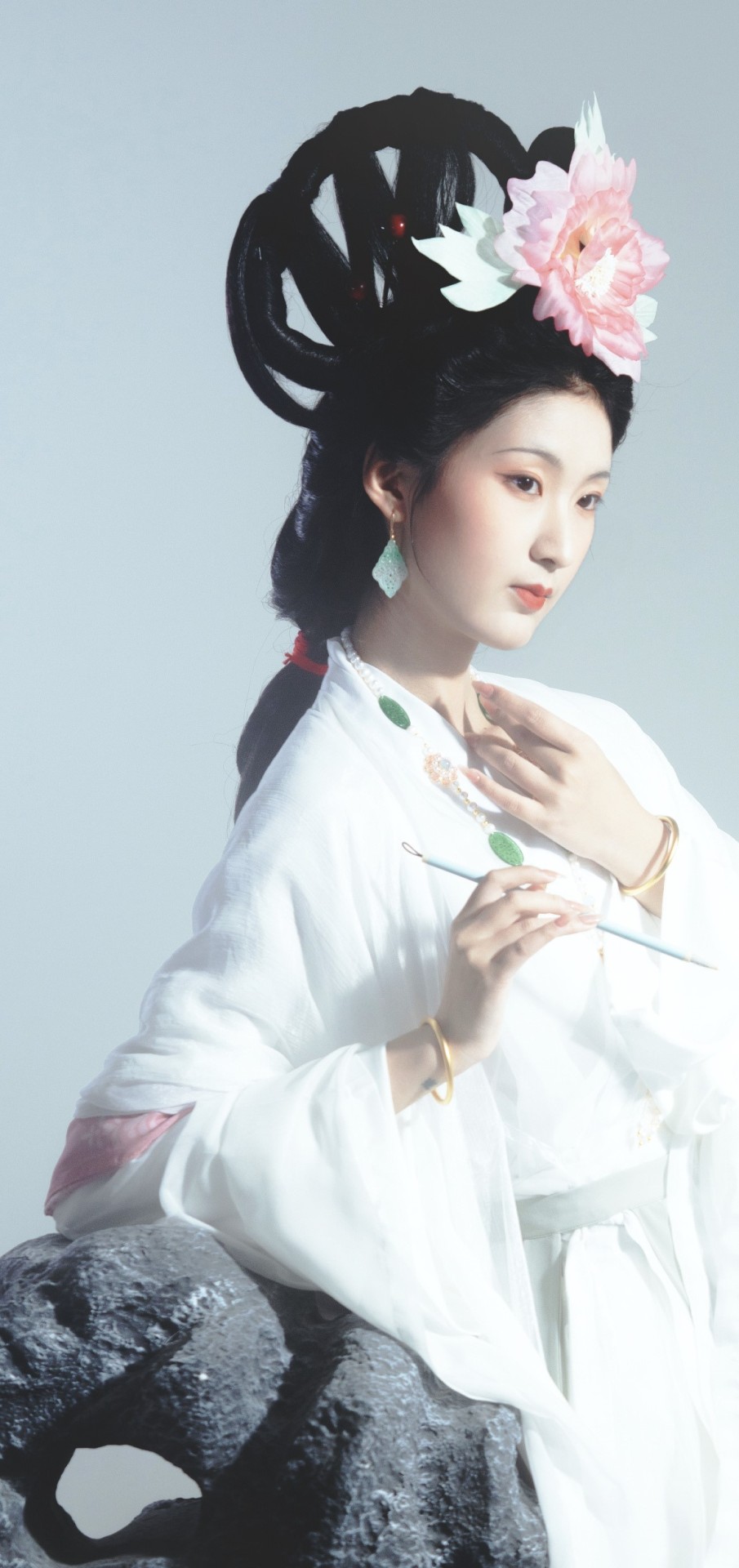

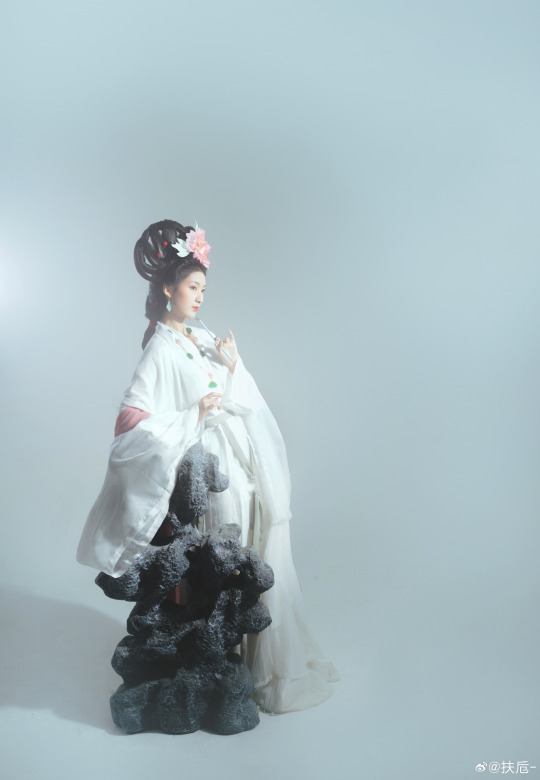
————————
📸Photo:@扶卮-
🧚🏻 Model :@荷里寒
💄Stylist:@山有木兮_Ivy
🔗Weibo:https://weibo.com/1741209390/NB3aQn1fa
————————
#chinese hanfu#hanfu#hanfu accessories#chinese traditional clothing#hanfu_challenge#chinese#china#hanfu photoshoot#porcelain figures#Chinese aesthetics#hanfu art#hanfu girl#chinese fashion#漢服#汉服
798 notes
·
View notes
Photo

🦊The little fox is listening to your heartbeat. Model & Hanfu Designer: @小狐狸叫黛黛 from Weibo/Red book(ID: daidai0125). #hanfu #hanfugirl #hanfudress #hanfu_challenge #小狐狸叫黛黛 #hanfuphotography #songdynasty #hanfuhairstyle #hanfuaccessories #chinesehair #chinesehairstyle #hanfufashion #hanfufromchina #xuanqun #beizi #chineseculture #culturalheritage #hanfumodel #traditionalclothes #traditionalclothing #chineseaesthetic #chinesedress #beauty #chinafashion #chinesefashion #chineseaccessories #hairpinchina #hairbun #hairbunstyle #hairstyle https://www.instagram.com/p/CiE1EcbJdmk/?igshid=NGJjMDIxMWI=
#hanfu#hanfugirl#hanfudress#hanfu_challenge#小狐狸叫黛黛#hanfuphotography#songdynasty#hanfuhairstyle#hanfuaccessories#chinesehair#chinesehairstyle#hanfufashion#hanfufromchina#xuanqun#beizi#chineseculture#culturalheritage#hanfumodel#traditionalclothes#traditionalclothing#chineseaesthetic#chinesedress#beauty#chinafashion#chinesefashion#chineseaccessories#hairpinchina#hairbun#hairbunstyle#hairstyle
50 notes
·
View notes
Video
The lake girl
#hanfu#summer hanfu#hanfu movement#hanfu_challenge#hanfu art#chinese costume#hanfu model#chinese costumes#asian woman#chinese clothes#asian fashion#chinese hanfu#chinese fashion#photoshoot#aesthetic#beautiful#china#fashion#art#photography
35 notes
·
View notes
Photo
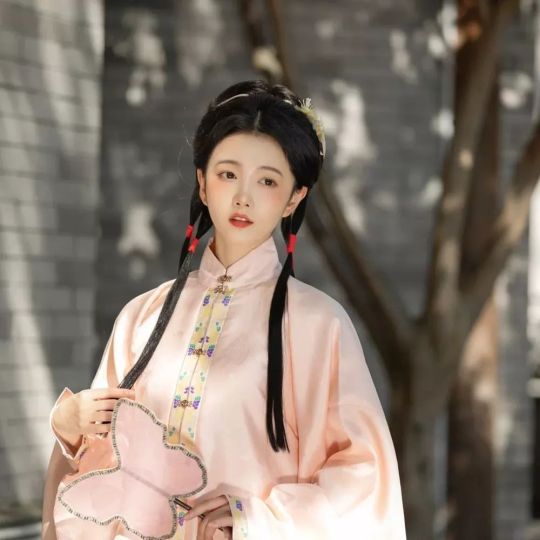
#ChineseHanfu #hanfu #elegant#chinese#empress#ChineseCulture #chinesestyle#hánphục #photoshoot #photo #trending#هانفو #asiaculture #asian #cdrama #beautiful #漢服 #ChineseCostom #hanfufashion#hanfu_challenge#ancientChinese#Chinestraditional#한푸#hanfuhairstyle#hanfudress#ฮันฟู#Ханьфу https://www.instagram.com/p/Ccr_Gm_vmO0/?igshid=NGJjMDIxMWI=
#chinesehanfu#hanfu#elegant#chinese#empress#chineseculture#chinesestyle#hánphục#photoshoot#photo#trending#هانفو#asiaculture#asian#cdrama#beautiful#漢服#chinesecostom#hanfufashion#hanfu_challenge#ancientchinese#chinestraditional#한푸#hanfuhairstyle#hanfudress#ฮันฟู#ханьфу
0 notes
Text
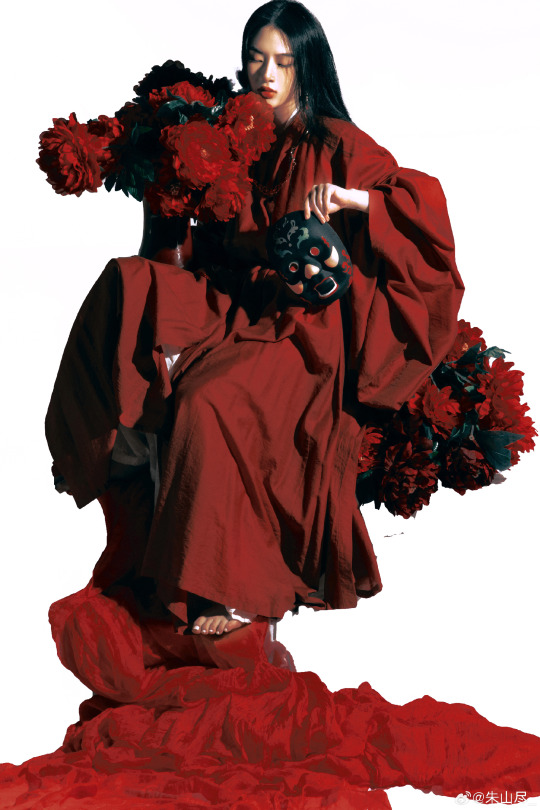
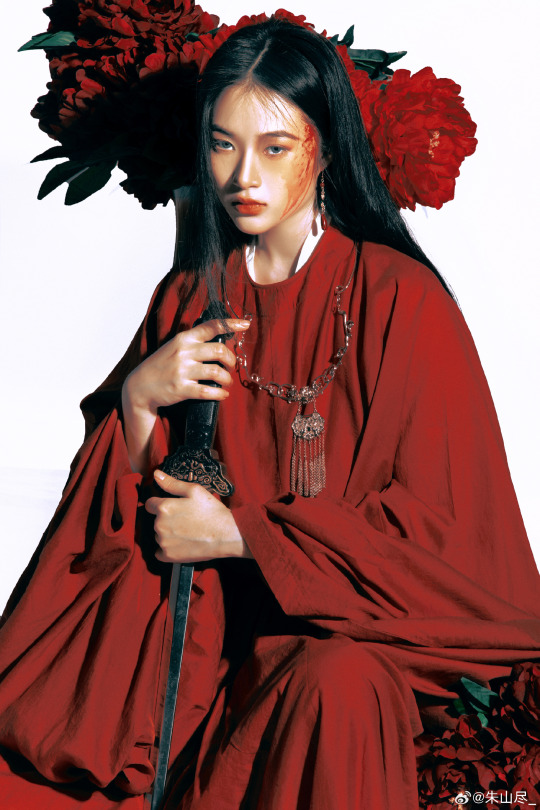
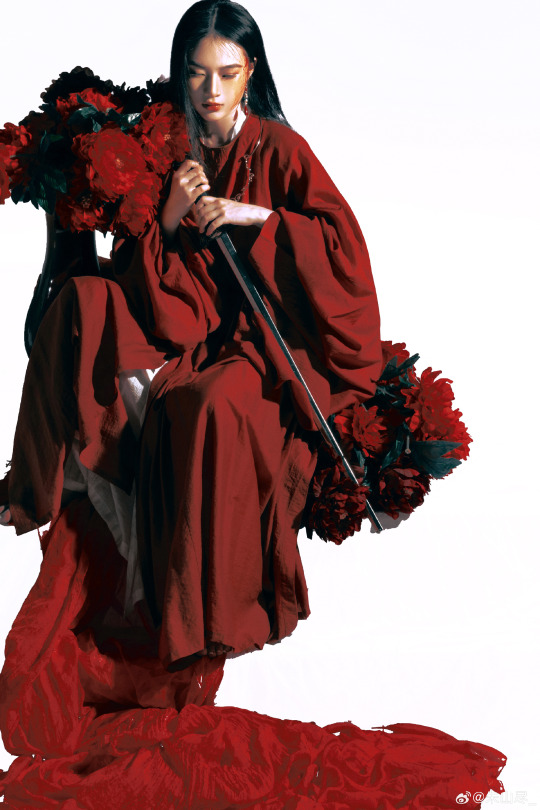


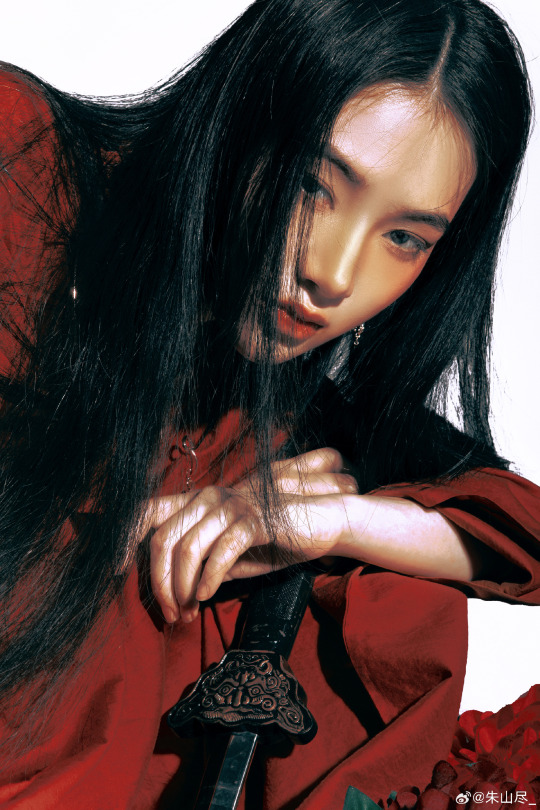
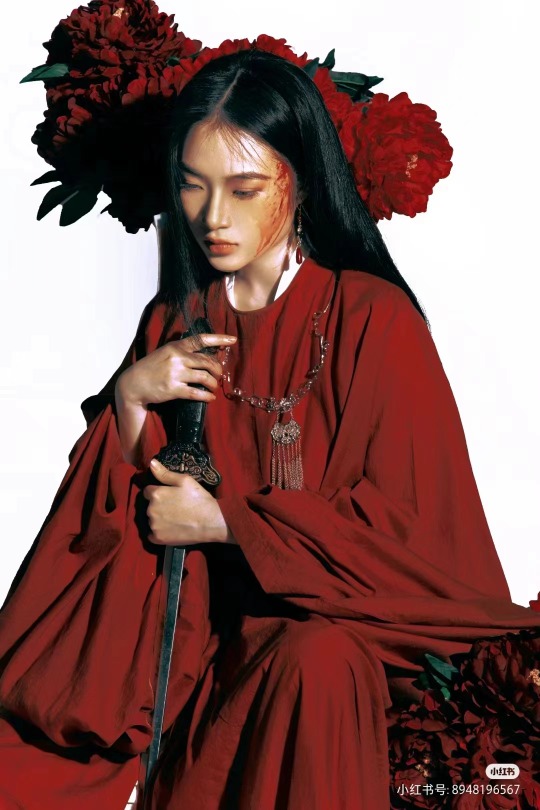

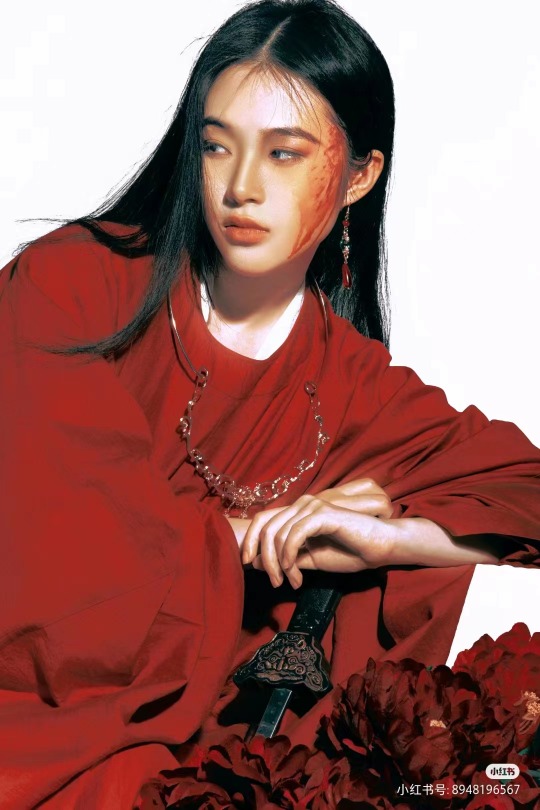
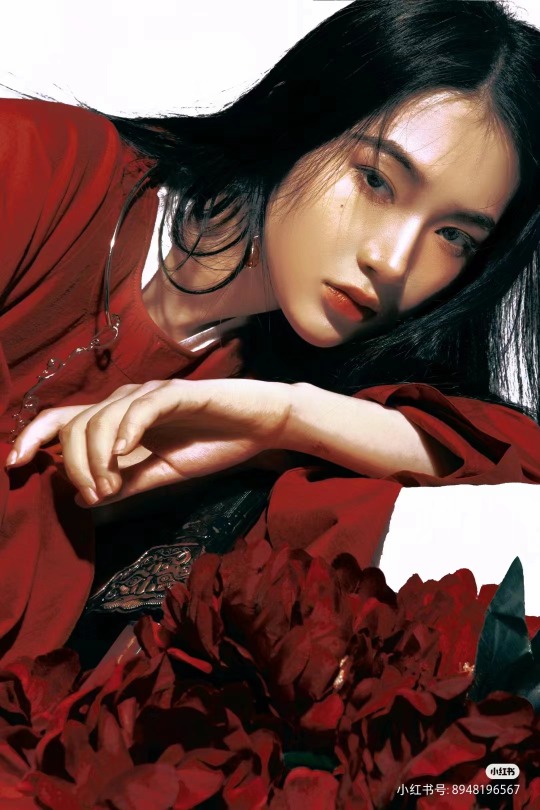
[Hanfu · 漢服]Chinese Tang Dynasty Hanfu Photoshoots
————————
📸Photo:朱山尽_
💄 Makeup:@南夕叙
🔗Weibo:https://weibo.com/6906018733/Nb2eJyNoq
————————
#chinese hanfu#tang dynasty#hanfu#hanfu accessories#hanfu_challenge#chinese traditional clothing#china#chinese#chinese culture#hanfu photoshoot#hanfu art#hanfu girl#hanfu fashion#chinese fashion#漢服#中華風#汉服
757 notes
·
View notes
Text
[Hanfu · 漢服]Chinese Warring States period(475–221 BC) Chu (state) Hanfu Based On Chu (state) lacquer figure



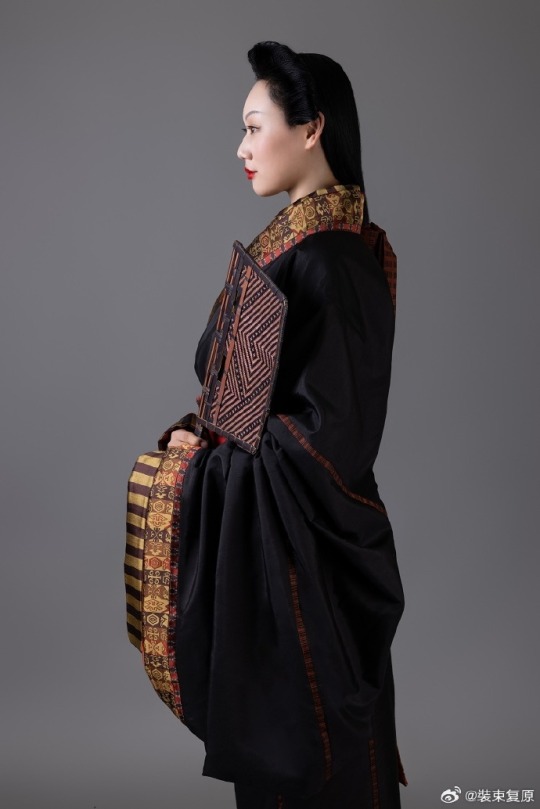
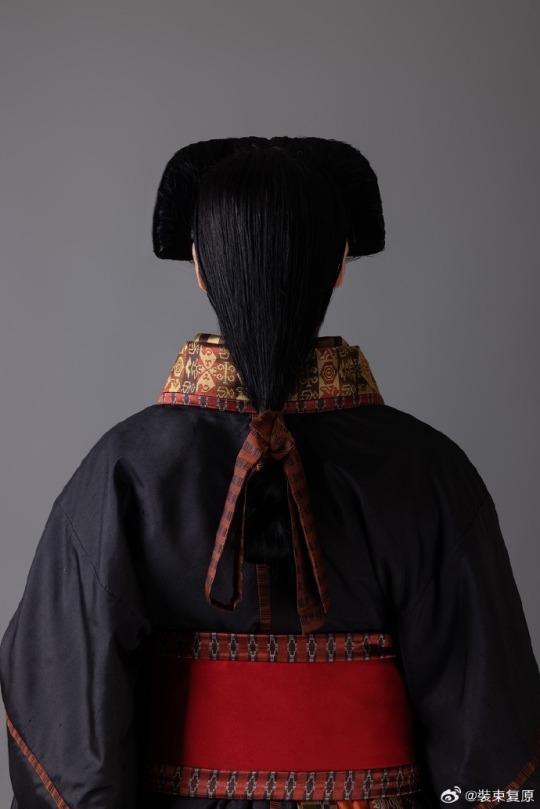
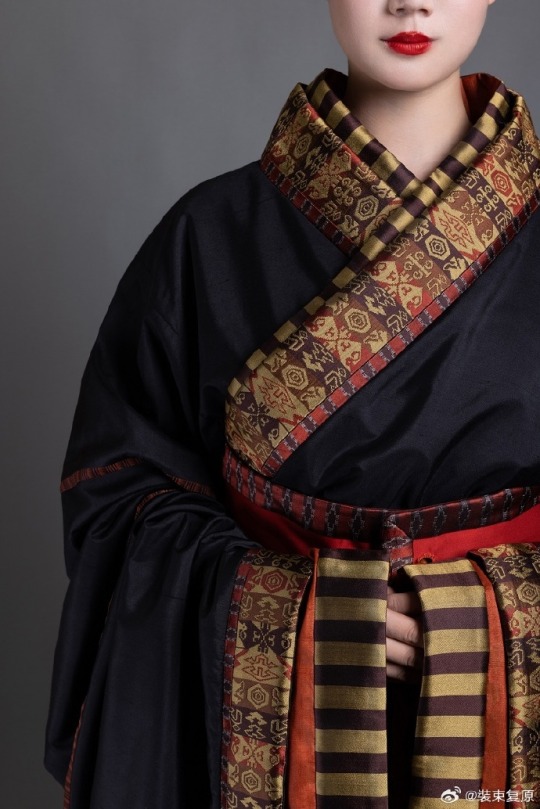
【Historical Artifact Reference】:
Lacquered wood figurines unearthed from Chu State Tomb in Shayang Tumbun Chu Tombs/沙洋塌冢楚墓出土漆俑

Collar cloth and robe unearthed from china Mashan Chu Tomb N19
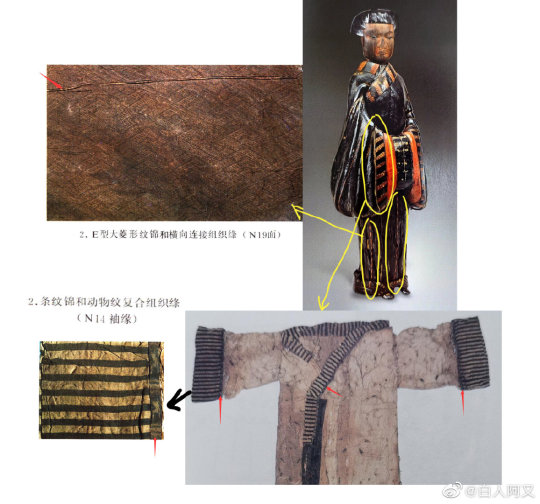
【Histoty Note】Warring States Period·Chu (state) Noble Women Fashion
Many people may wonder why this set of clothing and hairstyles are so similar to Japan, but the fact is this kind of clothing and hairstyle existed in China at least 1,000 years earlier than Japan.
During the China Warring States Period, it was popular for aristocratic men and women to wear robes.
Lacquered wood figurines and robe with similar images have been unearthed from the Shayang Tumbun Chu Tombs and the Chu Tombs at Mashan, many of which adopted the "three-dimensional structure" technique.
For example, a roughly rectangular piece is caulked at the intersection of the robe's sides, skirt sides and sleeve armpits. At the same time, the lower edge line of the top and the upper edge line of the lower skirt are incrementally extended, and then sewn into one body. It is called "Ming three-dimensional structure".
Its ingenuity is that while the outer contour of the garment remains unchanged, it effectively expands the inner space of the garment body, making it convenient for people to wrap the garment from the front to the back when wearing it, without damaging the original collar and garment forms.
The attire of aristocratic women from the Chu state in this set was restored based on the lacquered wooden figurines of the Chu tomb in Shayang. Their foreheads and temples hair are fluffy, and they have a hanging bun at the back of their heads. They wear robes that are connected up and down, and are decorated with brocade inlays at the seams.
The wearing method is the "layering method", two robes are stacked together in advance and then worn as a whole. This allows the collar edge of the lining to be show parallel to the collar edge of the outer garment, and a section of the lining to be show behind the lapel.The brocade edge is decorated with a wide belt and fixed with double belt hooks.
This "layered" wearing method shows the layers and details of Chu people's clothing, and can also show the graceful beauty of the body.
In addition, many creative clothing styles and fabric patterns emerged during the Spring and Autumn Period and the Warring States Period, bringing with them the unique atmosphere, mysterious imagination and ultimate romance of that era, becoming our inexhaustible source of art.
--------
Recreation Work by : @裝束复原
Weibo 🔗:https://weibo.com/1656910125/NhBx1oi5n
--------
#chinese hanfu#Warring States period(475–221 BC)#Chu(State)1030 BCE – 223 BCE#hanfu#hanfu accessories#hanfu_challenge#chinese traditional clothing#china#chinese#hanfu history#hanfu fashion#imperial china#chinese culture#chinese style#historical fashion#Hanfu From China#漢服#汉服#楚国
634 notes
·
View notes
Text
[Hanfu · 漢服]Chinese immortal Hanfu <西王母/Queen Mother of the West> Based On Yuan Dynasty Taoist Temple Mural<永乐宫/Yongle Palace>
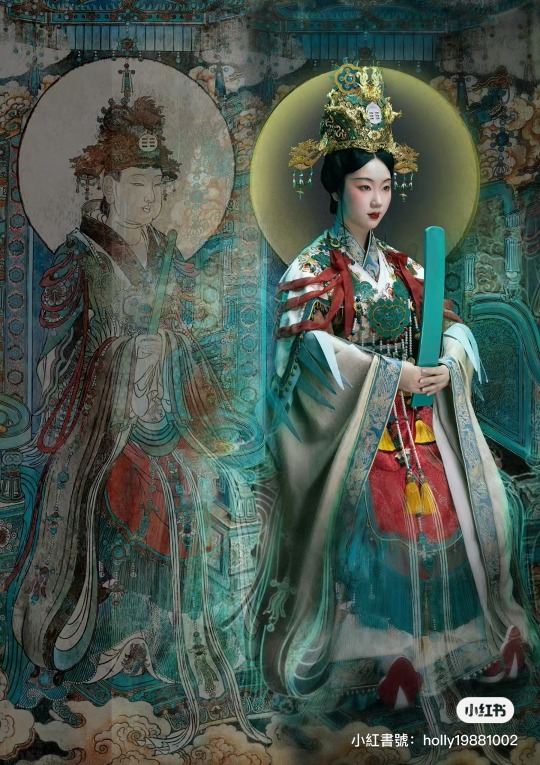
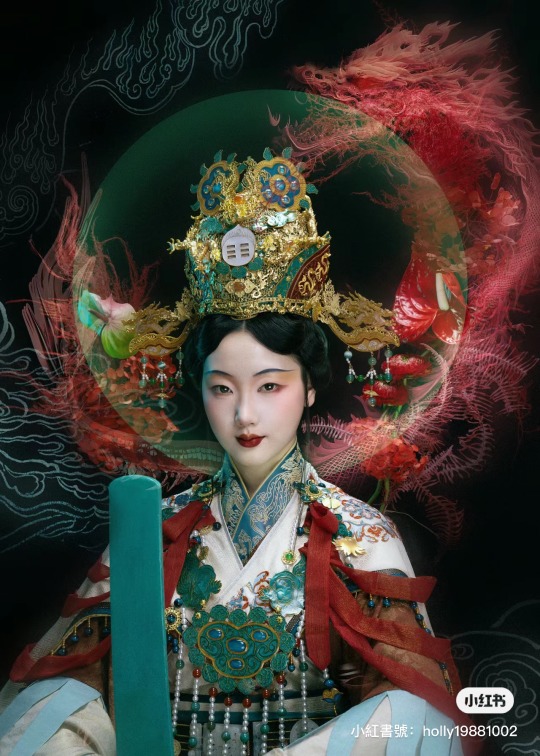
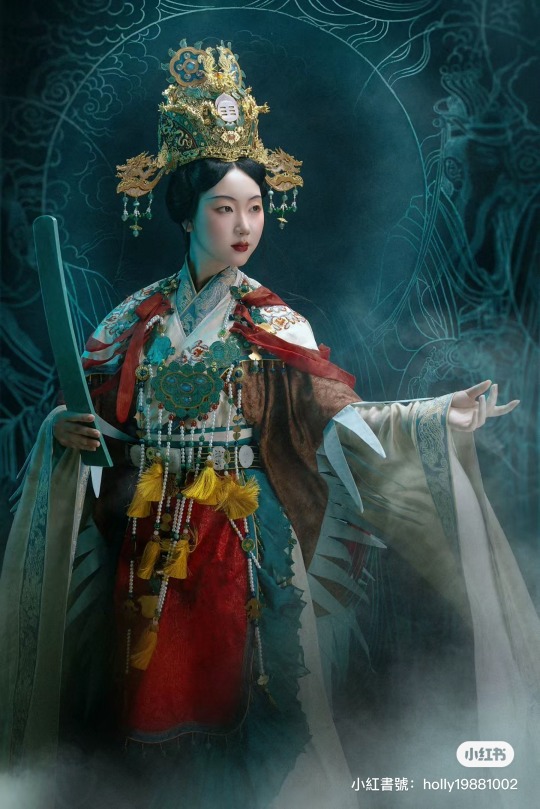
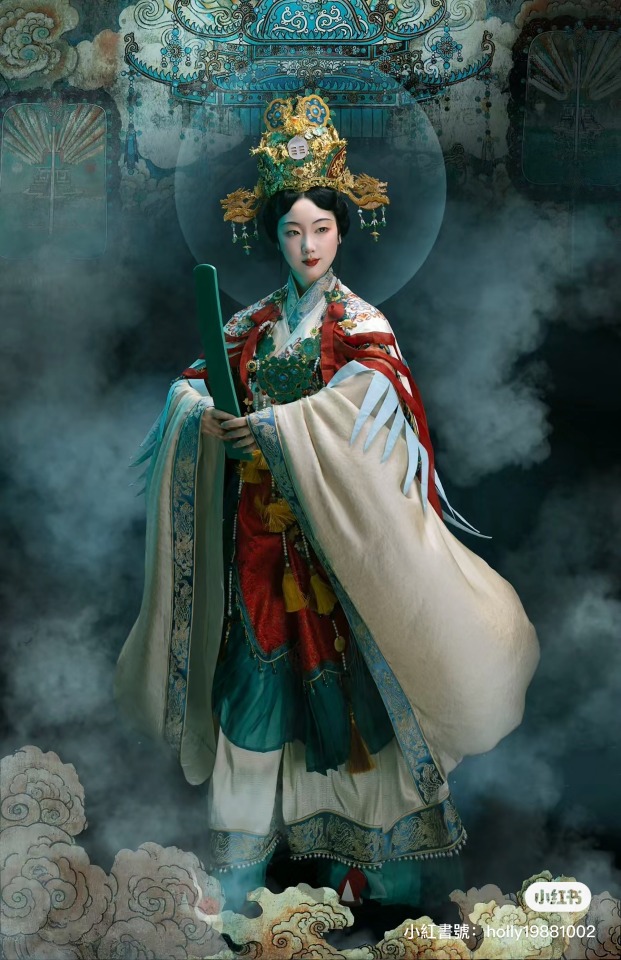
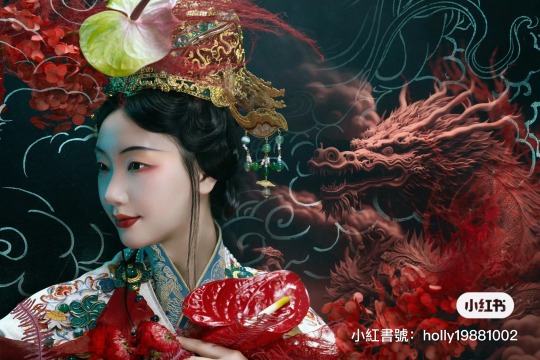
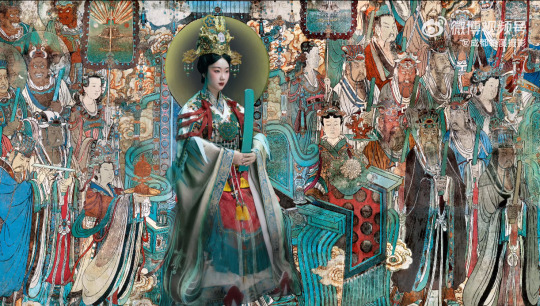
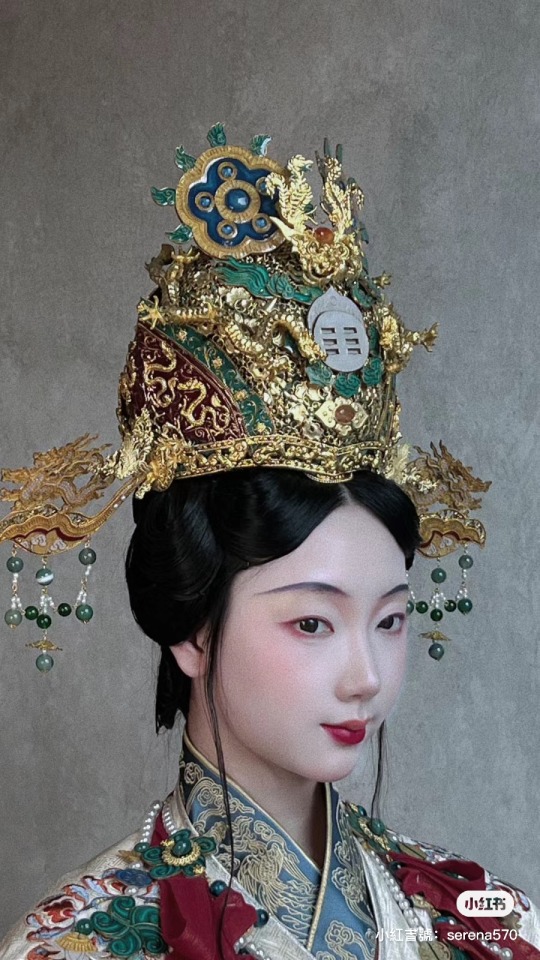
【Historical Artifacts Reference 】:
▶ China Yuan Dynasty Taoist Temple 永乐宫/Yongle Palace Mural


<西王母/Queen Mother of the West>
The Queen Mother of the West, known by various local names, is a mother goddess in Chinese religion and mythology, also worshipped in neighbouring Asian countries, and attested from ancient times.
The first mentions of the Queen Mother date back to the oracle bone inscriptions of the Shang dynasty (1766 – 1122 BCE).
One inscription reads:
Crack-making on day IX (9th day), we divined. If we make offering to the eastern mother and the western mother, there will be approval.
Western Mother refers to an archaic divinity residing in the west. The exact nature of the Mother divinities in the Shang dynasty is unclear, but they were seen as powerful forces deserving of ritual by the people of the Shang dynasty.
Originally, from the earliest known depictions of her in accounts like the Classic of Mountains and Seas during the Zhou dynasty, she was a ferocious goddess of death with the teeth of a tiger, who rules over wild beasts and sends down heavenly punishments such as pestilences. She was also mentioned as an authority ruling over other divinities such as Jiutian Xuannü, a goddess of war and sex.
Other stories hold that she is a mountain goddess or a divine tigress. She is also popularly thought to have blessed the Eight Immortals with their supernatural abilities.
After her integration into the Taoist pantheon, she gradually took on associations with other aspects, such as immortality, as well.
The Queen Mother of the West is most often depicted holding court within her palace on the mythological Mount Kunlun, usually supposed to be in western China (a modern Mount Kunlun is named after this). Her palace is believed to be a perfect and complete paradise, where it was used as a meeting place for the deities and a cosmic pillar where communications between deities and humans were possible.At her palace she was surrounded by a female retinue of prominent goddesses and spiritual attendants. One of her symbols is the Big Dipper.
Although not definite there are many beliefs that her garden had a special orchard of longevity peaches which would ripen once every three thousand years,others believe though that her court on Mount Kunlun was nearby to the orchard of the Peaches of Immortality. No matter where the peaches were located, the Queen Mother of the West is widely known for serving peaches to her guests, which would then make them immortal. She normally wears a distinctive headdress with the Peaches of Immortality suspended from it.
Flourishing parasols, we reach the chronograms' extremity;
Riding on the mist, I wander to Lofty Whirlwind Peak.
The Lady of the Supreme Primordial descends through jade interior doors;
The Queen Mother opens her Blue-gem Palace.
Celestial people—What a Crowd!
A lofty meeting inside the Cyan Audience Hall.
Arrayed Attendants perform Cloud Songs;
Realized intonations fill the Grand Empty Space.
Every thousand years, her purple crabapple ripens;
Every four kalpas, her numinous melon produces abundantly.
This music differs from that at the feast in the wilderness—
So convivial, and certainly infinite.— Wu Yun (Complete Tang Poems 1967, line 4942)
One of the earliest written references to the Queen Mother comes from the writings of the Taoist writer Zhuangzi (c. 4th century BCE):
The Queen Mother of the West obtained it [the Dao]... ...and took up her seat at Shao kuang. No one knows her beginning; no one knows her end.
Zhuangzi describes the Queen Mother as one of the highest of the deities, meaning she had gained immortality and celestial powers. Zhuangzi also states that Xiwangmu is seated upon a spiritual western mountain range, suggesting she is connected to not only the heavens, but also to the west.
Legendary encounters
In Tu Kuang-ting's text, he includes narrative accounts of the Queen Mother's encounters with legendary Chinese heroes. One such account narrates an encounter between the Queen Mother and Laozi (Lord Lao):
"In the 25th year of King Chao of the Chou dynasty (1028 BCE) …"
"…Lord Lao and the realized person Yin Hsi went traveling…"
"…on their behalf, the Queen Mother of the West explicated the Scripture of Constant Purity and Quiet."
In this account, the Queen Mother plays the role of Laozi's superior and is credited with the ultimate authorship of the Dao De Jing. This dichotomy of the Queen Mother as the superior is a characteristic of Shangqing Taoism, a goddess worshiping sect of Taoism of which Tu Kuang-ting was a master. There is also an account of a meeting between the Queen Mother and Laozi in Tang poetry.[18] This account however, being of traditional Taoist thought, has the Queen Mother taking an inferior role to Laozi, calling him "Primordial Lord" (the title of his highest manifestation) and pays homage to the sage.

<China Han Dynasty stone-relief showing 西王母/Queen Mother of the West from Sichuan,China>

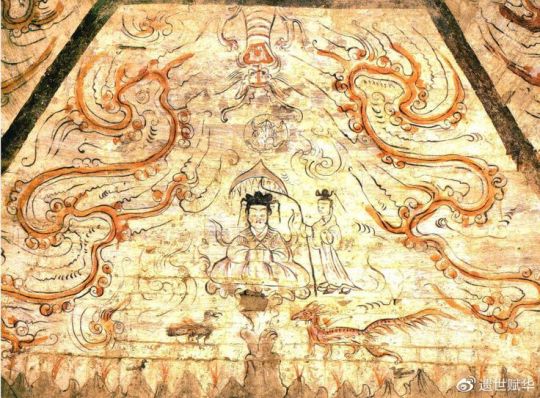
<China Wei and Jin Dynasties Mural showing 西王母/Queen Mother of the West>
————————
📸Photography post-production :@小何力
👗Hanfu & 👑Crown:@雁鸿Aimee
💄 Makeup:百丽 (临溪摄影)
👭Model:@清音音音音
🔗 Weibo:https://weibo.com/1648616372/O2R5bpBud
————————
#chinese hanfu#immortal hanfu#西王母/Queen Mother of the West#Chinese mythology#hanfu#hanfu accessories#hanfu_challenge#chinese traditional clothing#china#chinese#chinese history#china history#漢服#汉服#中華風#小何力#雁鸿Aimee#永乐宫/Yongle Palace
228 notes
·
View notes